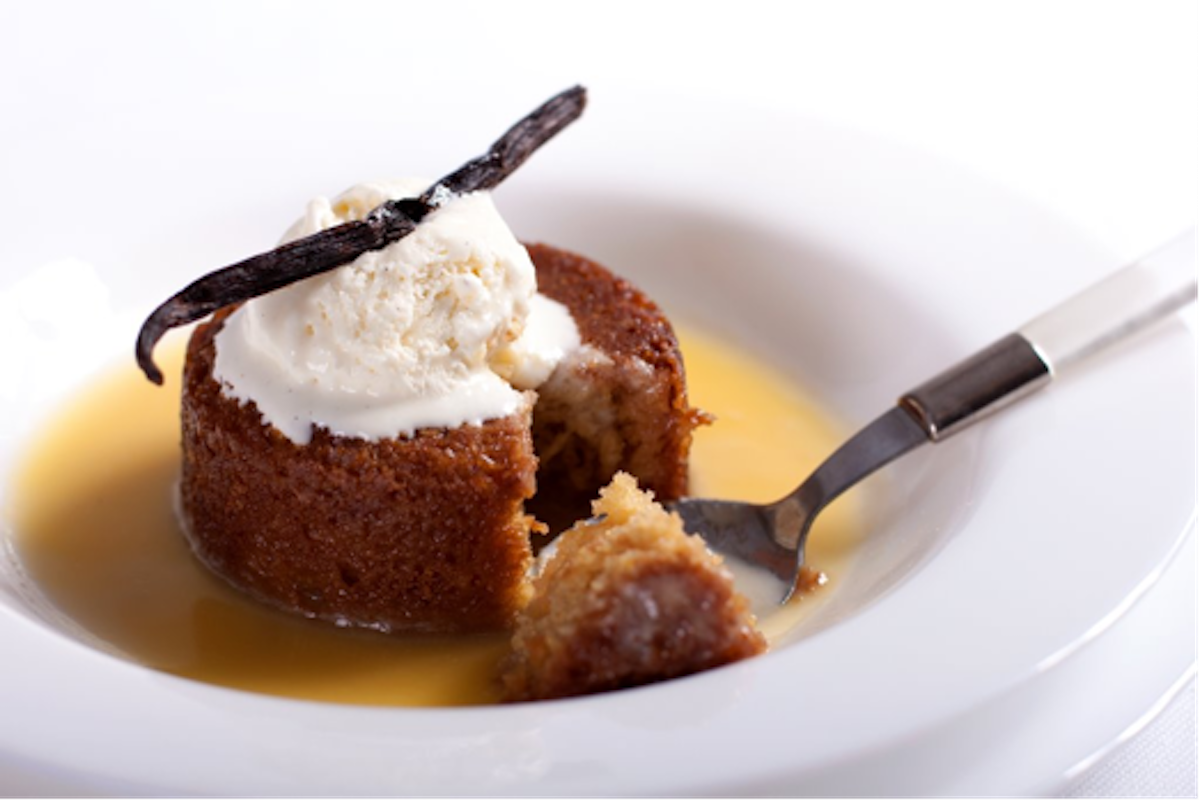South African cuisine is much like its people – a melting pot of different cultures and unique flavours. Here are five meals that are uniquely South African
What you’re eating: minced meat flavoured with fruit, onion, sultanas and spices, baked with a golden egg-based topping.
The origin of Babotie (pronounced ba-boor-tee) goes back hundreds of years, to when the Dutch seafarers first arrived in the Cape. It’s believed the Dutch got the idea for their baked dish from the Indonesian bobotok, which consisted of meat with a custard topping that was cooked in a pan of water until the egg mixture set.
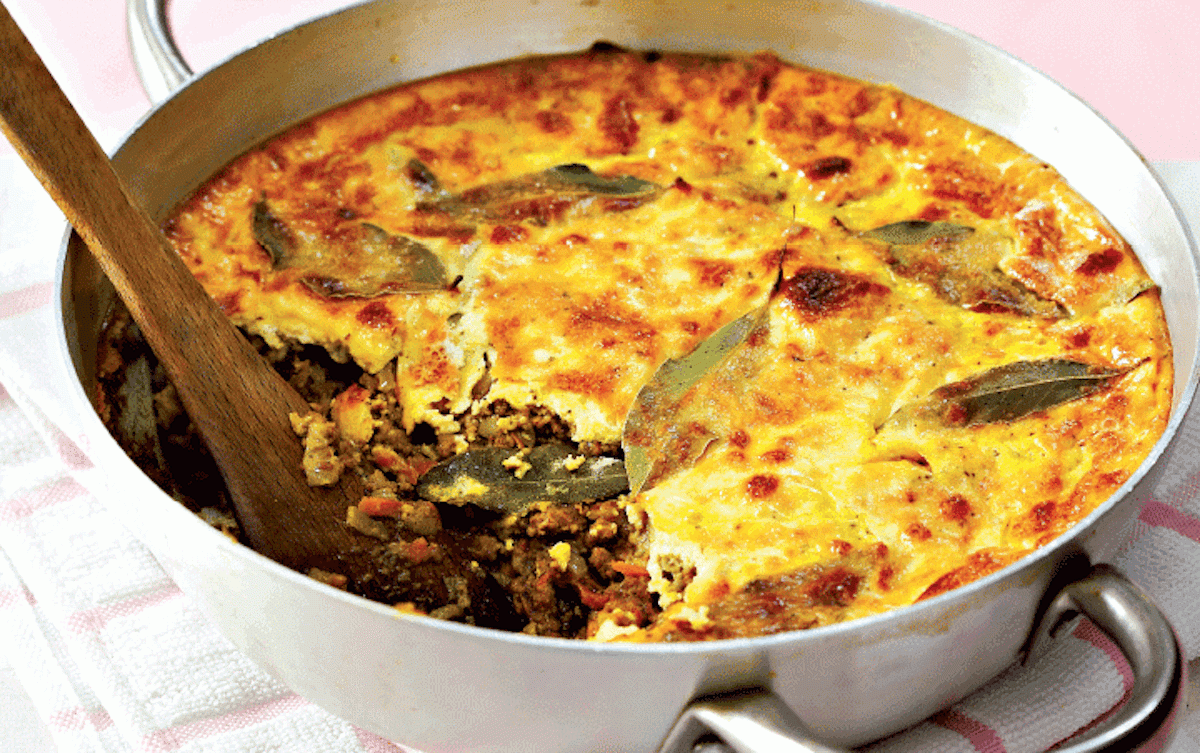
Regardless of who invented it first, the Cape Malay community adopted the recipe and perfected it, adding their own distinct flavour of fruit and spices to make the unique meal known today as Babotie. Since then celebrity chefs like Nigella have claimed their undying love for Babotie, but you’ll still find it best served in Cape Town.
What you’re eating: bean, mutton or chicken curry stuffed into a hollowed out quarter loaf of white bread.
A meal that would make even the most ardent banting devotee weak at the knees, bunny chows are famous for their no-frills deliciousness and unique Durban-curry flavour, best tackled with bare hands.
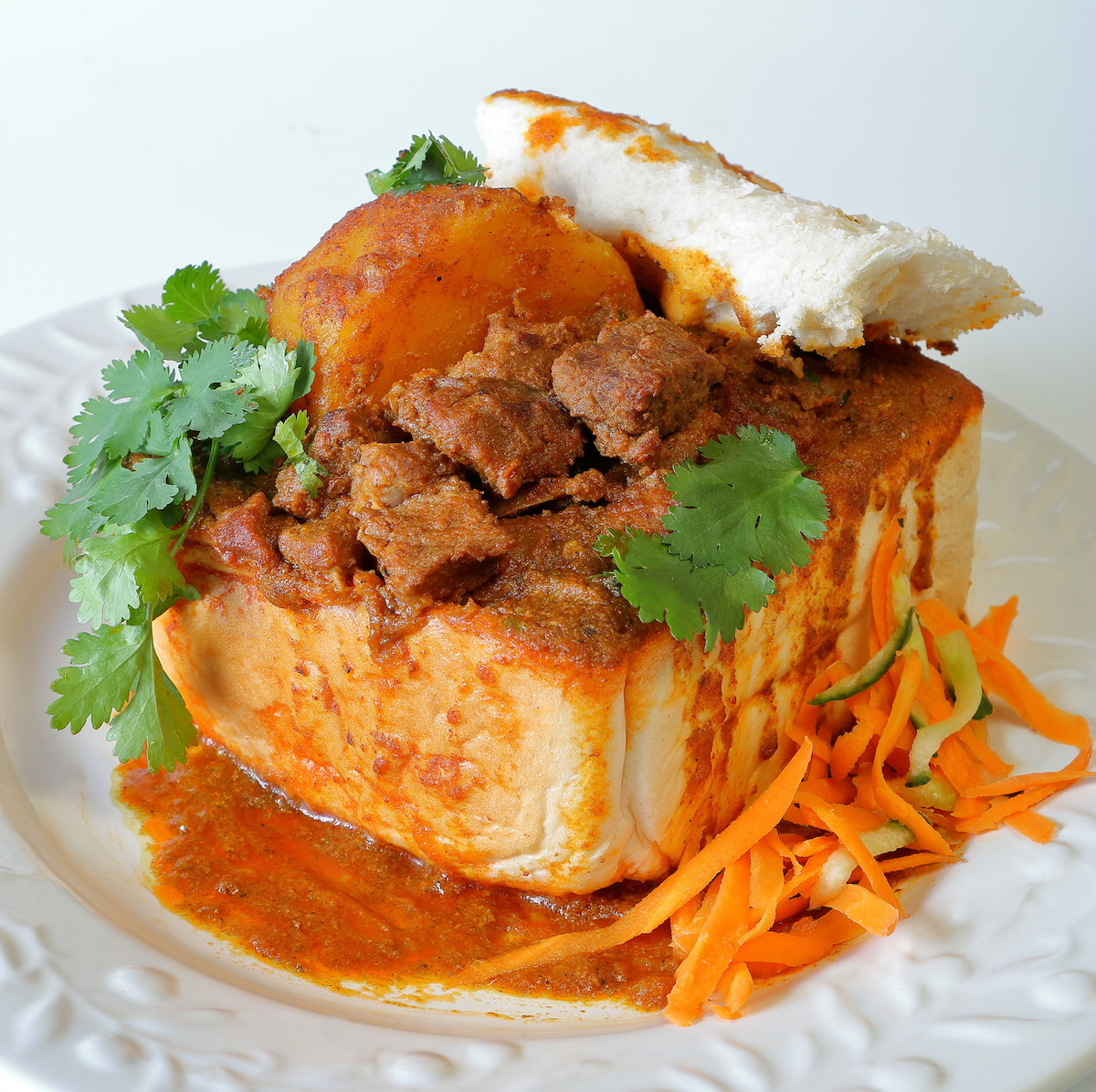
The name has nothing to do with cooking little rabbits though. Rather, the bunny was created in Durban during the early 1900s by the Banyas, a caste of Indian merchants. The idea was to provide a cheap, easy meal that could be eaten by Indian labourers on the go. “Banyas” became “bunnies” and the rest is culinary history.
What you’re eating: A thick stew containing meat, venison or seafood, typically cooked with vegetables and spices.
A proper potjiekos (pronounced poy-kie-caw-ss) is as much about the pot you’re cooking it in as the stew you’re eating. These three-legged, round-bellied pots made of cast iron have been around since the 16th century and were designed for slow cooking on an open fire, making them the crockery of choice for early pioneers.
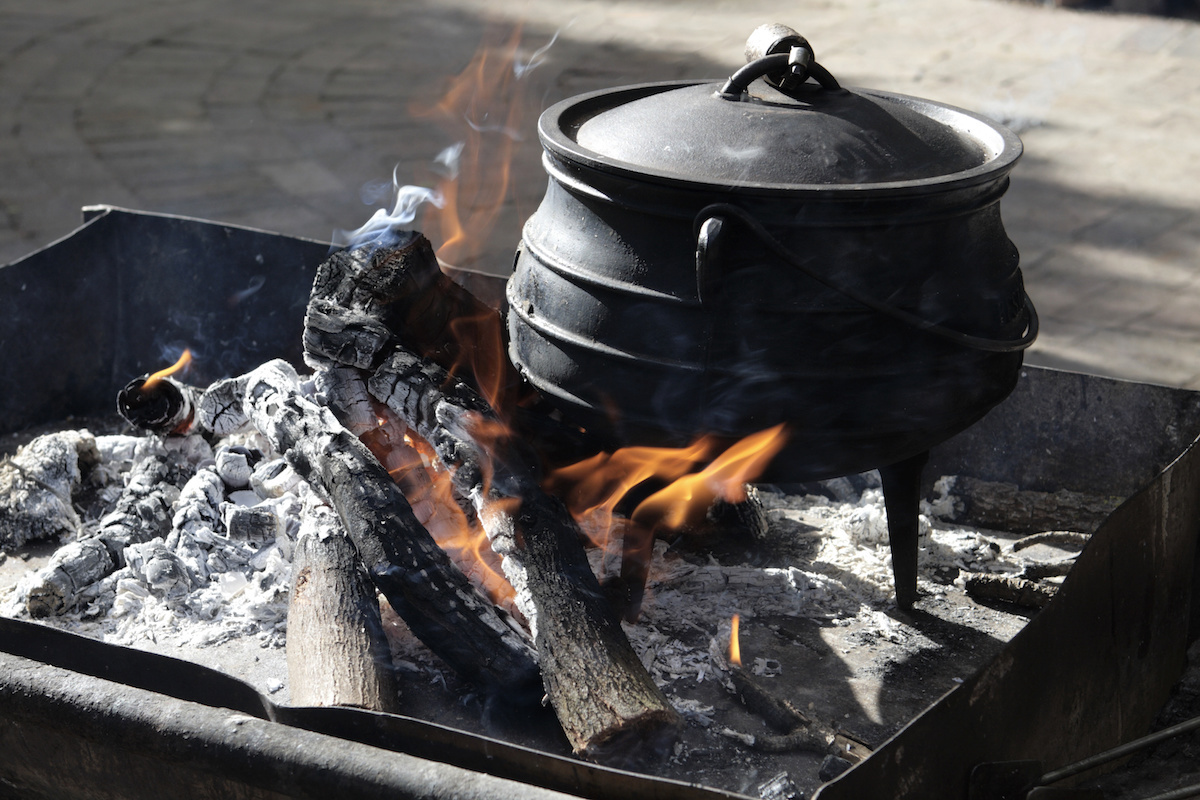
It’s no surprise then that Potjiekos (literally translated as “small pot food”) evolved with the Afrikaans Voortrekkers who migrated from the Cape 2 000 kilometres inland during the 1800s. They used the pots to make stew, adding the meat of game they shot day to day. The pot would be placed over a fire to simmer once their convoy of wagons stopped to make camp and any new meat was added, including a few bones, which helped thicken the stew.
This slow cooking technique and a strict no-stirring rule infused the stew with mouth-watering flavour. The technique remains little changed today.
What you’re eating: slabs of meat grilled over an open fire or “braai”, served with pap and chakalaka.
A vegetarian’s worst nightmare and a meat lover’s delight, Shisa Nyama was born in South Africa’s townships when enterprising butchers realised they could attract more business on the weekend if they provided a service where customers could get their freshly purchased meat grilled or “braaied” outside over an open fire.
The idea quickly evolved into a social get-together, where friends and family would choose chunks of meat, get it grilled and then let the good times roll as they gathered round to share a meal.
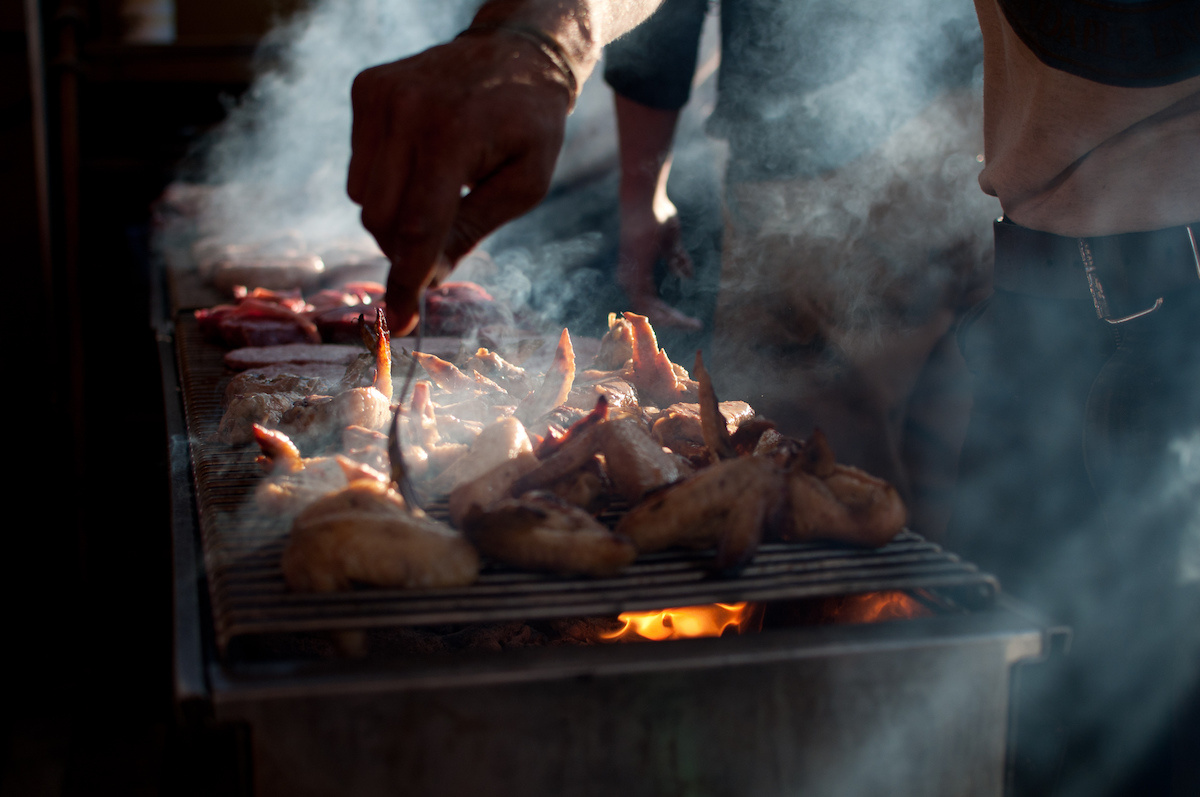
The isiZulu phrase literally means “burn meat” but the tender and tasty fare is anything but burnt. Added to this are mounds of “pap”, a traditional maize porridge, and a spicy vegetable relish called chakalaka.
Another Cape/Dutch collaboration, Malva pudding is a spongy tart that originated in Holland but got its distinct flavour from the South African tradition of adding apricot jam to the egg mixture, as well as a dollop of brandy to the caramelised sauce.
Serve it hot with ice-cream or cream and you’ll taste why it’s South Africa’s most ubiquitous dessert.
